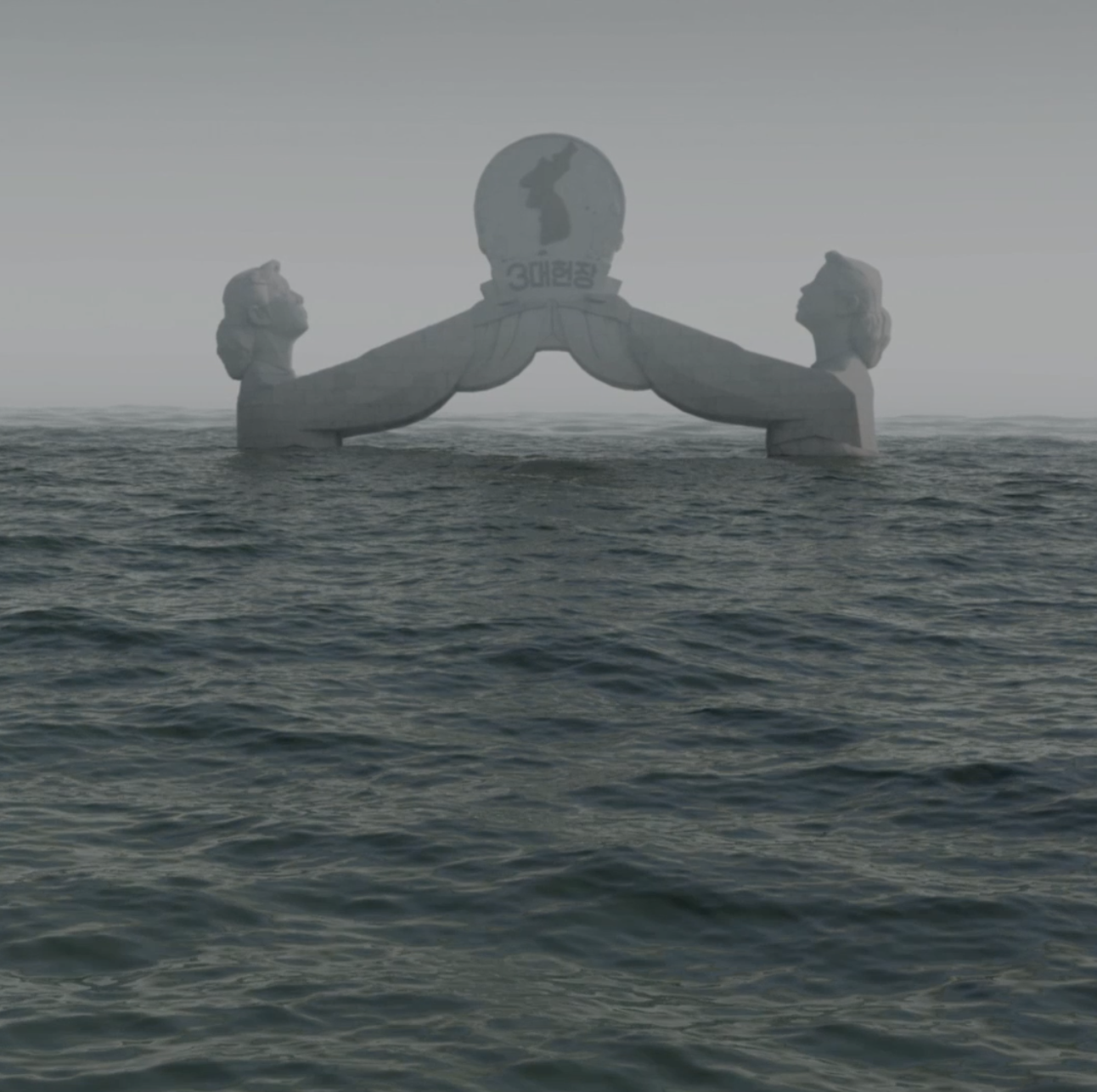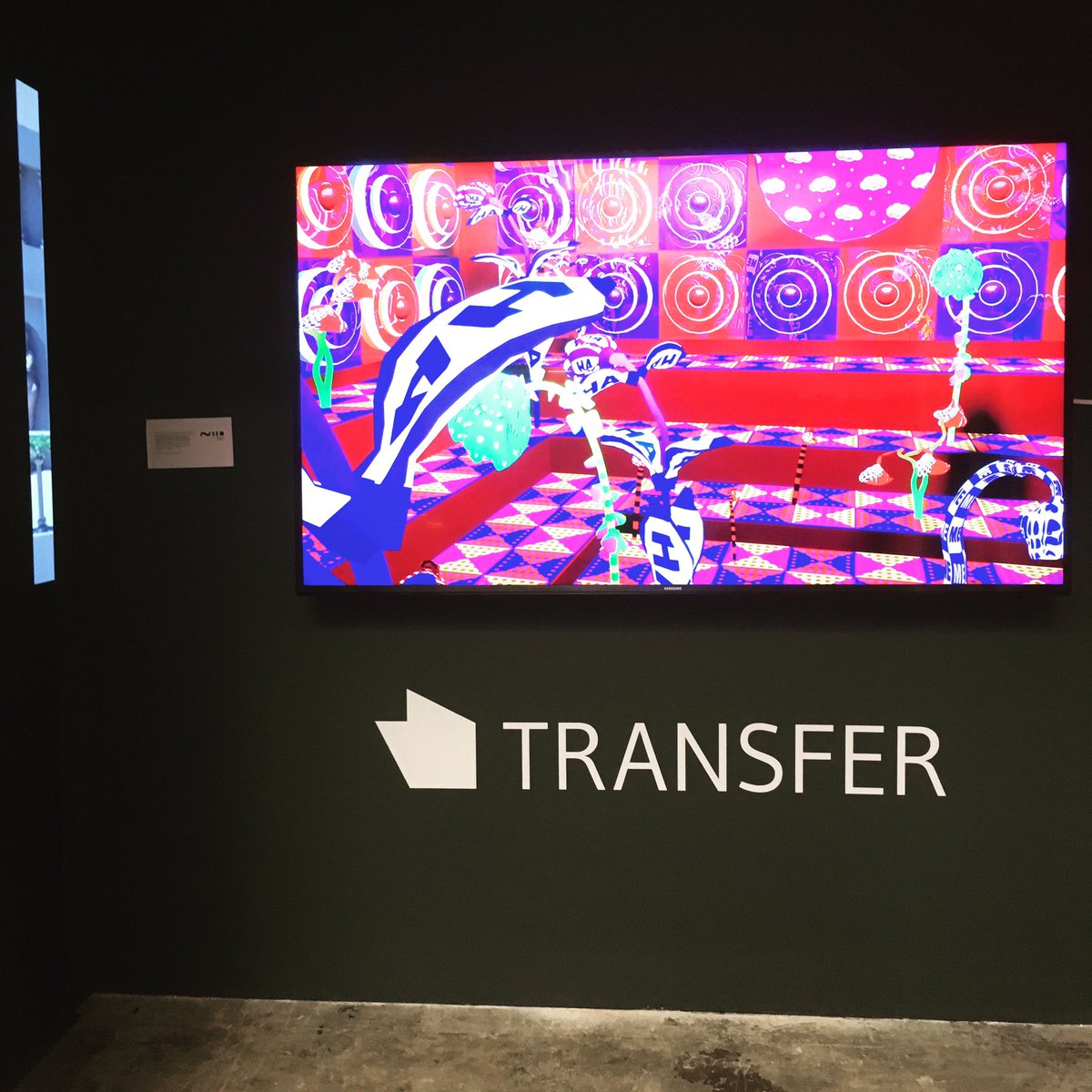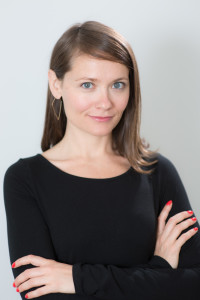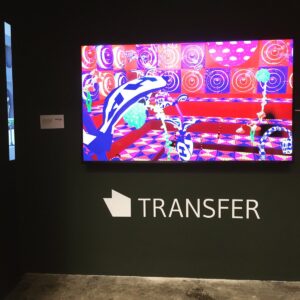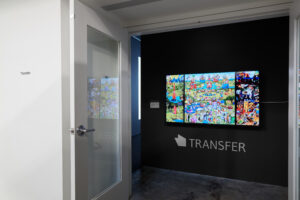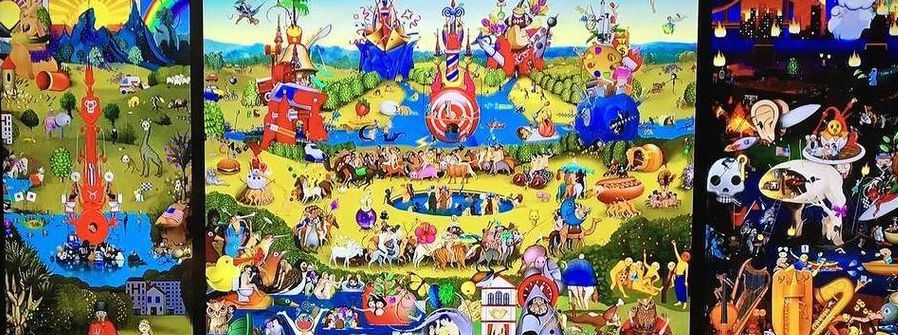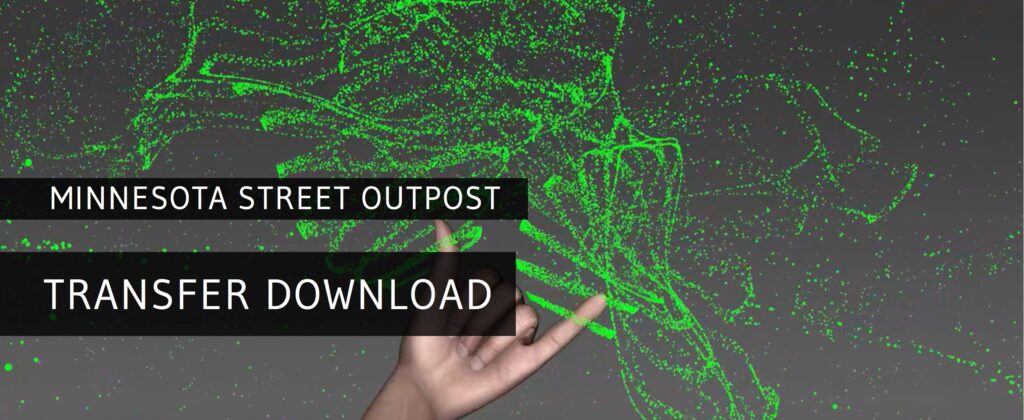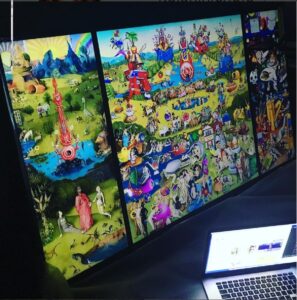Interviewed by Roxanne Vardi & Pau Waelder
NEO PYONGYANG I, 2021 a video work by Mihai Grecu is featured in our recent artcast Anticlimactic, a selection of works from the eco-friendly NFT art community a\terHEN. Born in Romania during Nicolae Ceaușescu’s last decade of dictatorship, Grecu’s works deal with investigations of catastrophes, both political and environmental, and the exploration of mysterious and subconscious beginnings through new technologies. Grecu’s visual and poetic trips mix several techniques and may be seen as propositions for a new dream oriented technology.
In your films and VR animations you create dream-like worlds that are simulated with precise realism, how do you balance the interplay between fantasy and reality and what does it bring to the narratives you intend to create?
I have always seen my art as glimpses of alternate realities, so realistic simulations are very important to me. The illusion must be perfect, the whole weight of the metaphor relies on the intertwinement between the real and the simulated.
Your work has developed from an attention to the behavior of materials and substances, introducing surreal visual effects, to an interest in building a narrative that speaks of climate disasters, the futility of war, and the insanity of the powerful. What drove you to address these subjects? How does using computer animation techniques help you speak about them?
I am specialized in representing chaotic phenomena such as smoke, dust, particles, using 3d digital simulations. I always thought of these simulations as the canvases for a new painting. They are part of my artistic language. I use them to create a digital moving canvas full of complex visual metaphors. Some are more politically oriented, others more poetical. My background drove me to work on these images: I grew up during the last years of Ceausescu’s dictatorship in Romania, when his personality cult was reaching its extremes.
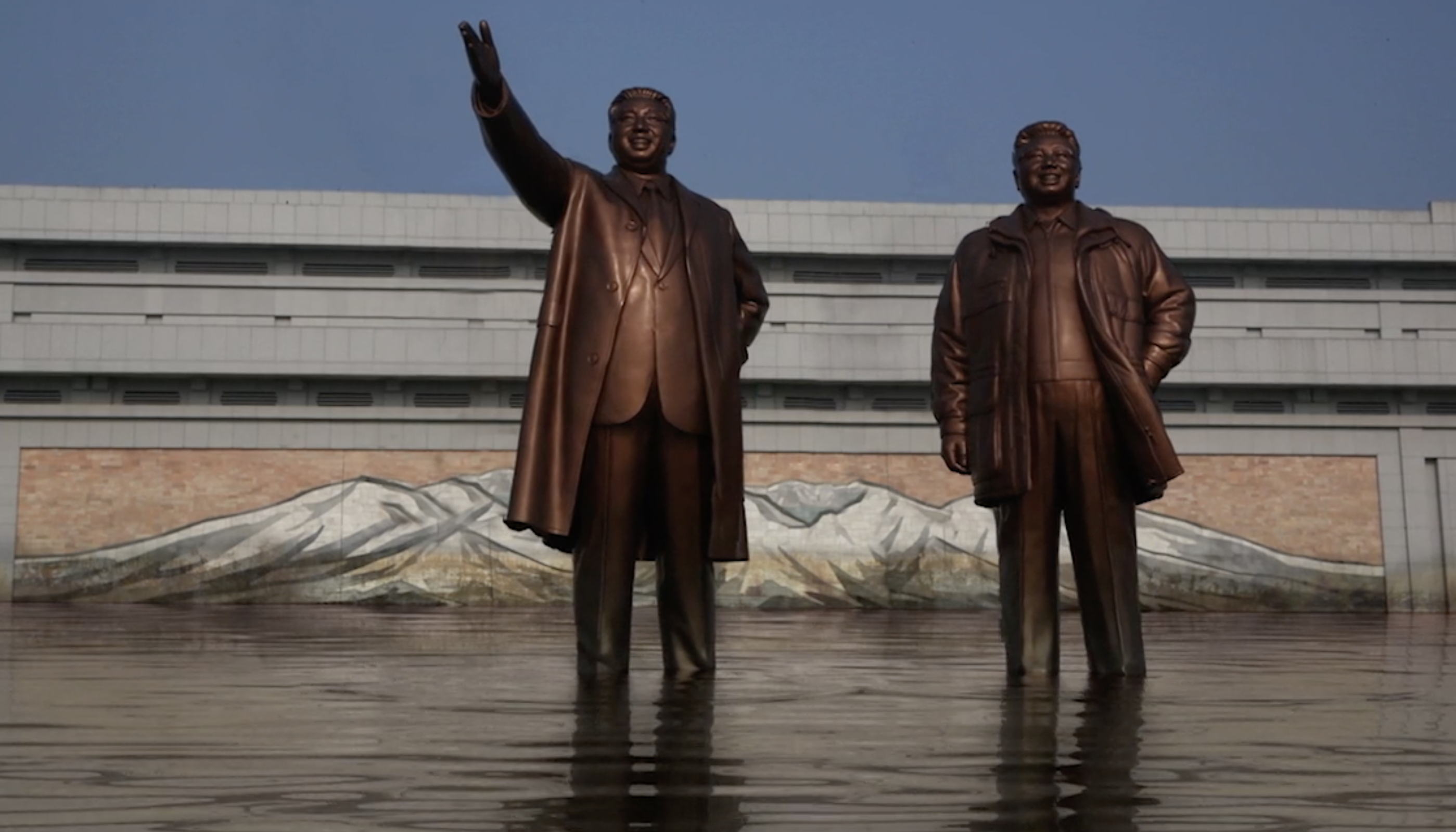
The infamous photoshopped image of a missile launch test distributed by the Iranian government back in 2008 showed how image editing technologies had become central to political and media discourses, both increasingly sophisticated but also accessible to almost everyone. Nowadays, we tend to doubt all images while also trusting them as proof of a fact. How does your work on political allegories play with the perception of images as fakes?
Some of my works are centered around the concept of “post-truth”. The interest in post-truth comes from the idea of rewriting history, especially because we live in a world where post-reality has become at least as important as reality. We live in a world where fake news influence people at least as much as “real” news, so the question is: if there are more people who are ready to accept a false fact as “reality” than people who are willing to check the information from scientific sources, does that make the “fake” as “real” as a certified fact? New media makes it even easier, thanks to new technical achievements, like “neural networks” or thanks to collective human work, like “russian facebook trolls.”
My idea is that “post truth” is not an artist statement already by default, but it’s a media in itself, and I am willing to use this media in creating artworks. In the history of “happening”, performance art or documentary filmmaking, there are examples carrying already the “germs” of this post truth that we are living right now, the difference is that nowadays it has become so big that it’s taking over a big part of society and it’s not directly related to artistic creation.
Coming back to the first idea, I’m interested in post truth because I think it has become easier to manipulate and rewrite history: maybe in 50 years some of this “fake news” that we have now will become historical facts.
For me, the fake news and post-truth somehow blend with the concepts of propaganda and one-sided history that have reached their climax in totalitarian regimes (like stalinism, or North Korea), just that now it has become global and multi-facetted. It is the perfect time to include these techniques into artworks.
How does the immersive quality of VR films such as Saturnism help you tell a story? What would you point out as the main appeal of using VR in your work?
Goya’s “Saturn Devouring His Son” is another image that has been haunting me for a long time. This particular work comes from my wish to make a virtual reality recreation of an “old masters” painting, so naturally I chose “Saturn”. I spent several months face to face with its reproduction. I tried to go beyond every layer of it and imagine what is going on in this space of the painting. Even if it looks like a very different work from what I usually do, I think it’s connected to my other projects on the conceptual side. Nevertheless I wanted to use the Virtual Reality medium as it should be used: as a direct environment to the viewer’s perception: I wanted it to be a raw and unsettling physical experience.
NEO PYONGYANG I is an excerpt from the film The Reflection of Power. Can you tell us a bit more about this project, and specifically what captured your interest in the North Korean regime? How do you conceive the idea of a flood, as opposed to other possible environmental catastrophes?
The NFT piece is not technically an excerpt: format and speed of the image are different from the film. The first “media ” images that I was in contact with consisted basically of 99 percent Ceausecu. Furthermore, he was hanging out with his “friends”, for example Mobutu or Gaddafi. Another state leader who had an important role in my memories of the time was Kim Il Sung, the contemporary Kim’s grandfather. After most of this stalinst type of propaganda personality cult imagery disappeared and was erased with the fall of the Soviet Union and the end of the Cold War, I found myself attentively following what’s happening in North Korea, and getting more and more astonished that it keeps going on. It is like a “conceptual island” of the past that I remember from my early childhood, therefore I have a fascination for the Kim dynasty’s propaganda imagery and self-imagery. These aesthetics related to stalinist type propaganda are just a continuation of my previous works, as I want to create something like a complex universe with multiple pieces that are interconnected.
“we live in a world where post-reality has become at least as important as reality.”
How would you describe your experience in the NFT space and why did you choose to exhibit your work on alterHEN?
I decided to do NFTs because of my experience as a digital creator: I have realized that it’s a unique opportunity for creators to distribute and get rewarded for their art. I have extensive experience with festivals, art galleries, curators etc, and I know that for digital creators it was extremely difficult to sell and to show their work, and even if that happened, there would have been several intermediary parties which would take their own share in a more or less fair way. With NFTs, the creator is confronted directly to their audience and collectors, that’s why I decided to join in.
alterHEN is a collective initiative from many Tezos artists, started by Patrick Tresset and Diane Drubay. As part of this initiative, I want to say that alterHEN is working hard on bringing more and more people from the “traditional” art world into Tezos cryptoart, by inviting museums, collectors, artists etc. Big thanks to alterHEN for creating this! Besides these great initiatives, all the artists from the collective are amazing and each and one of them has their unique style!

